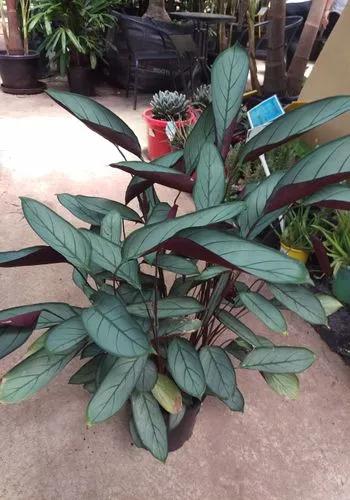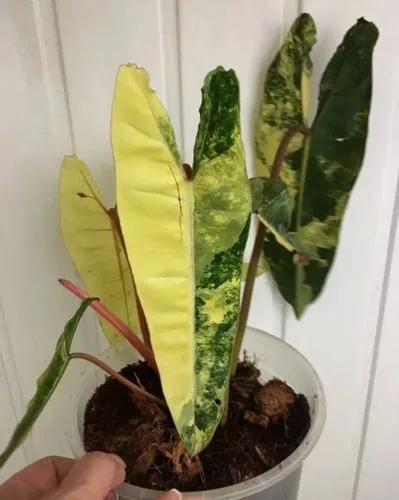A small semi-succulent tropical plant with teardrop shape leaves that doesn’t require much care. This black pepper’s cousin does well indoors and exudes beauty with its simplicity.
Pixie peperomia Care
Peperomia orbata



A cultivar of teardrop peperomia, it is native to central and south America and a member of the pepper family Piperaceae, making it a relative to black pepper plants.
It is known for its succulent, slightly furry, grayish-green leaves that resemble delicate teardrops. When properly cared for, it displays a faint white stripe going down its leaves. It produces pale-green and white flowers in spike formation in the late summer months.
How to Care for the Plant

Water

To water Pixie Peperomia properly, wait until the top layer of soil is dry before watering thoroughly. Don’t overwater to avoid root rot and reduce water significantly during summer, keeping it to once a week. It is advised to set the plant on a pebble tray with a bit of water to ensure the right levels of humidity.

Pruning

Usually doesn’t require any pruning, as it only grows to be about 4-6 inches (10-15cm) high.

Fertilizer

This plant should not be fertilized during autumn or winter. At the beginning of spring, use a balanced houseplant fertilizer and fertilize every two weeks, doing so during the growing season as well. Always dilute the fertilizer to half-strength to prevent damage to the plant.

Sunlight

An east-facing window is ideal for Pixie Peperomia, where it can receive bright indirect light. In darker environments, it can be supplemented with fluorescent light.

Soil

Light and chunky, well-drained, peat-based soil is ideal. The pH should range from 5 to 7.5.

Propagation

It can be propagated through stems with two healthy leaves directly onto a pot of fresh soil, but make sure to let them dry for 24 hours before planting. It can also be done through leaves by laying them on top of the soil. Propagation should be done in spring.

Temperature

Pixie Peperomia prefers temperatures between 65-75 ºF (18-24ºC). The temperature must not drop below 50 ºF (10ºC).

Container

A faintly shallow terra-cotta pot with drainage holes is the best choice. Keep in mind that it might need to be updated and repotted every two years in the spring.

Fun fact

The name has Greek origins from the combination of peperi and homoios, meaning “resembling pepper.” Orba is Greek for “orphan.” This roughly makes it the Orphan Resembling Pepper.

Popularity

149 people already have this plant 37 people have added this plant to their wishlists
Discover more plants with the list below
Popular articles






